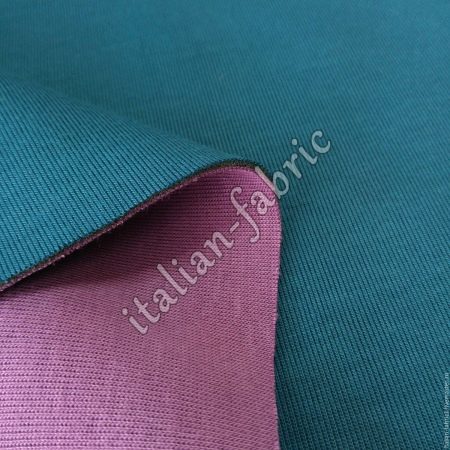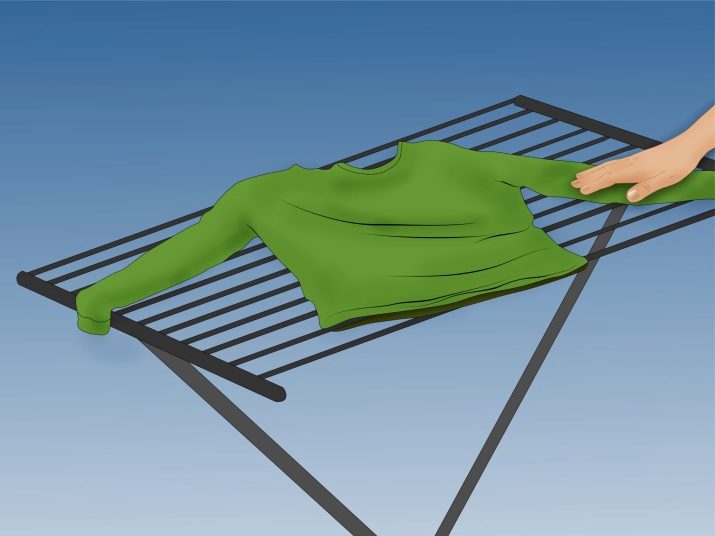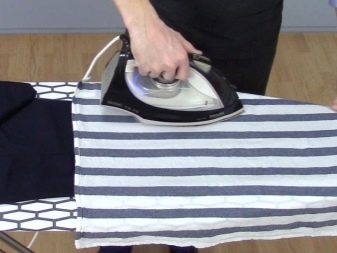Where is scuba used and how to care for the fabric?

Neoprene fabric is also called "scuba". It was originally invented for sewing diving suits, but has since gained wider acceptance.

What it is?
Scuba fabric appeared in the 30s of the last century. Matter is of synthetic origin. It is composed of 100% polyester. The thickness of the "scuba" is different, it depends on the area in which it will be used. Basically, it has a multi-layer structure. An elastic base is created by artificial foam rubber, and then another fabric is glued onto it. She, in turn, can be very different: cotton, knitwear, suede. Both plain and colored fabrics are used. In some cases, the composition of the "scuba" changes due to additional additives.

This lightweight and stretchy fabric is highly sought after as it has many benefits. With proper care, it has a long service life and good strength, withstands minor mechanical damage. "Scuba" tolerates both high and low temperatures. Clothes made of this fabric are quite comfortable, they do not constrain the body in movement and during sports. It is also soft, pleasant to touch with the body, retains heat well and repels water. When worn, "scuba" does not lend itself to sunlight, bright colors do not fade. It should be noted that this is an inexpensive material.

Application
This material is used in various fields. "Scuba" at the beginning of the era of its formation was intended only for tailoring specialized suits, overalls for firefighters and mine rescuers. This was due to the fact that the structure of this tissue did not freeze in the cold season if water got on its surface. This is important when fighting fires in winter. In medicine, scuba is used to make corsets, bandages and wristbands.Covers made of this material have proven themselves well in automotive and aviation technology.

Bags, wallets are sewn from it. Designers use scuba in sewing non-standard original jewelry for outerwear and casual wear. Hats for men and women made of this fabric are in great demand. It also makes elegant fittings.
Most of all, "scuba" is used when sewing specialized and casual clothing. Women's and men's assortment of outerwear from it: raincoats, strict vests, jackets. It is perfect for sewing skirts, dresses, blouses and even swimwear.

It is recommended to practice water sports and spearfishing in sports suits made of "scuba". This fabric glides well in water, so it is actively used for diving.
Simple but elegant things are sewn from "scuba". They are often sporty. Scuba clothing models have many advantages:
- keep warm;
- easy to care for;
- smooth lines;
- resistant to dirt;
- elastic;
- keep their original shape well and retain their volume;
- pleasant to the body.

Since the fabric is dense, it does not allow air to pass through well.
For the body to breathe, for the purpose of hygiene, clothes made of "scuba" are provided with holes invisible to the human eye. Sewing children's clothing from this material is undesirable.

Care rules
Products made from this material are unpretentious in care. In order to freshen up clothes or wash with light dirt, a delicate mode of the washing machine or hand wash will be enough. In both cases, the water should not be higher than 35 degrees Celsius. If the item is made of a multi-layer "scuba", then it should be washed from both the front and the wrong side. Drying must also be done on both sides.

Washed items made from this fabric must not be hung on the clothesline. Dry them by laying them out on a horizontal and well-ventilated surface. If you carefully level the washed item, then ironing will not be required after it has dried. The garment must be turned over several times to dry evenly on all sides. Often, the front side dries much faster than the back side.

When drying items from the "scuba" should be prevented from hitting the sun's rays on the items. Basically, things made of this material do not wrinkle after washing and keep their original shape. But there are times when the fabric still gets a little bruise in places. Then you need to iron the thing, but the iron should be put on minimum heat, and ironing must be done through gauze or cotton cloth folded in several layers.










